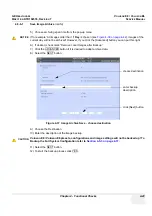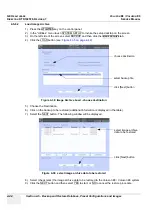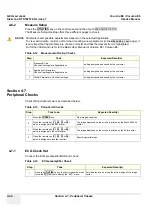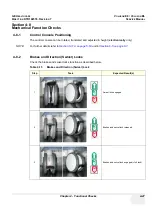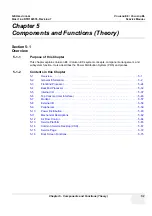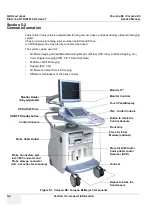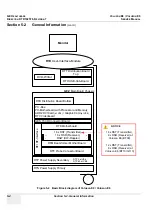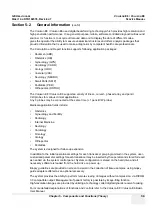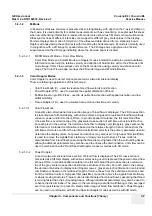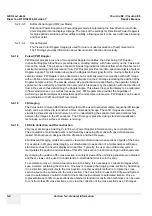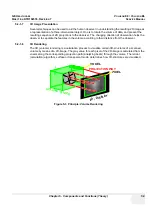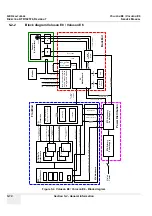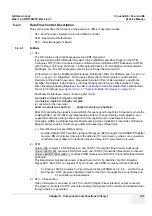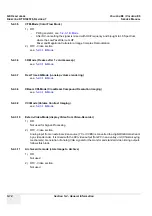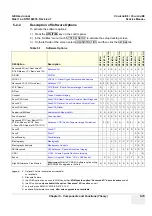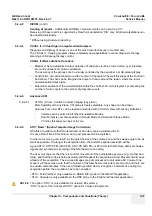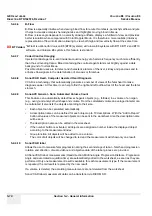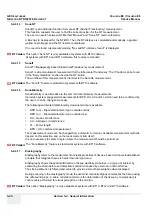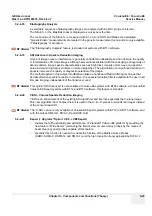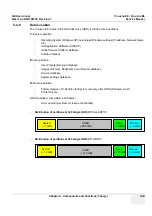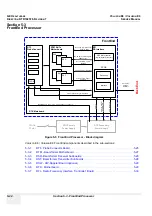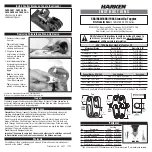
GE H
EALTHCARE
DRAFT
V
OLUSON
E8 / V
OLUSON
E6
D
IRECTION
KTD102576, R
EVISION
7
DRAFT (A
UGUST
23, 2012)
S
ERVICE
M
ANUAL
Chapter 5 - Components and Functions (Theory)
5-9
5-2-1-7
3D Image Presentation
Several techniques can be used to aid the human observer in understanding the resulting 2D image as
a representation of a three-dimensional object. One is to rotate the volume of data, and present the
resulting sequence of 2D projections to the observer. The changing direction of observation helps the
observer to separate the features in the volume according to their distance from the observer.
5-2-1-8
3D Rendering
The 3D (volume) rendering is a calculation process to visualize certain 3D-structures of a scanned
volume by means of a 2D-image. The gray value for each pixel of the 2D-image is calculated from the
voxels along the corresponding projection path (analyzing beam) through the volume. The render
(calculation) algorithm, surface or transparent mode, determines how 3D-structures are visualized.
Figure 5-3 Principle: Volume Rendering
PIXEL
VOXEL
Y
X
Z
PROJECTION WAY
2D -
DISP
LAY
VOLUM
E - BLO
CK
X

